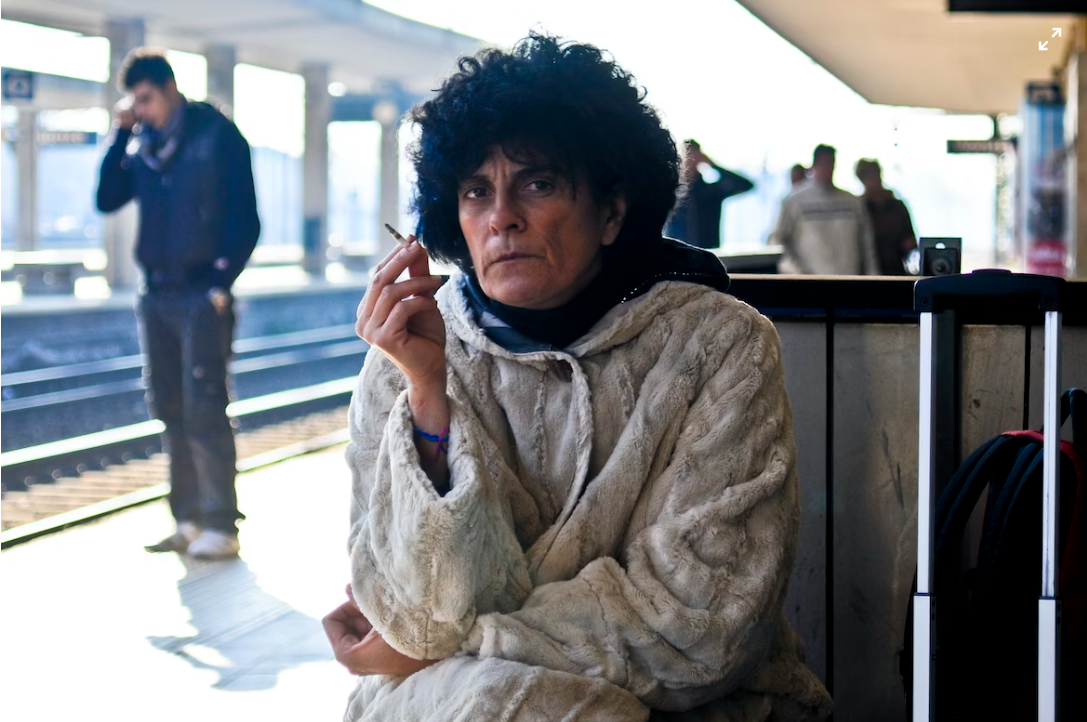Bi demisexuality is a lesser-known sexual orientation that exists on the spectrum of human sexuality. Combining elements of bisexuality and demisexuality, this identity reflects a unique experience and understanding of attraction. In this article, we will explore ten essential things to know about bi demisexuality, shedding light on its definition, characteristics, and challenges faced by those who identify as bi demisexual.
Things To Know About Bi Demisexual
Definition of Bi Demisexuality
Bi demisexuality is a sexual orientation where individuals experience sexual attraction to both genders (bi) but only after forming a strong emotional bond (demisexual). In simpler terms, such individuals are attracted to people of more than one gender, but this attraction only arises once a deep emotional connection has been established. This emotional bond serves as a foundation for the development of sexual feelings.
This unique identity reflects the fluidity of attraction, emphasizing the importance of emotional connections as a foundation for developing sexual feelings. It is essential to acknowledge and respect the validity of bi demisexuality as a permanent aspect of a person’s identity.
1. Intersectionality of Identity
Intersectionality of identity refers to how various social identities (e.g., gender, sexuality, race, ethnicity) intersect and shape an individual’s experiences and challenges. For such individuals, this means their experiences are influenced by both their bisexuality (attraction to multiple genders) and demisexuality (developing sexual attraction after an emotional bond forms). Understanding their unique struggles and privileges requires acknowledging the complex interplay of multiple identities, fostering inclusivity, and promoting awareness of diverse experiences within the LGBTQ+ community.
As with any sexual orientation, these individuals are a diverse group with their own unique experiences. Sexual orientation does not exist in a vacuum but is rather intertwined with other aspects of a person’s identity, such as race, ethnicity, gender identity, and socio-economic status. Therefore, it is essential to approach discussions about bi demisexuality with sensitivity and respect for individual differences.
2. Bi Demisexuality is not a Phase
Bi demisexuality is not a phase; it is a valid and enduring sexual orientation. It involves experiencing sexual attraction only after forming a deep emotional connection. Like any other sexual orientation, it is an inherent and stable aspect of a person’s identity. Dismissing it as a temporary phase undermines the lived experiences of these individuals, perpetuates invalidation, and hinders their ability to express their authentic selves within society and the LGBTQ+ community.
It is crucial to recognize that bi demisexuality is not a transitional phase or a lack of sexual experience. Just like any other sexual orientation, bi demisexuality is a valid and permanent aspect of a person’s identity. It is essential to acknowledge and respect individuals who identify as bi demisexual, as invalidating their experiences can lead to emotional distress and confusion.
3. Fluidity and Complexity of Attraction
The fluidity and complexity of attraction are integral to the experience of being bi demisexual. Unlike fixed orientations, such individuals may find their attractions fluctuating over time and across various emotional connections. This fluidity challenges societal norms that often demand rigid labels. Embracing this complexity allows for a richer understanding of human sexuality and fosters a more inclusive environment where individuals can freely explore and express their unique attractions without judgment or limitations.
Bi demisexuality highlights the fluidity and complexity of human attraction. The emotional connection required for sexual attraction may take different forms and lengths of time for different individuals. For some, this bond may develop quickly, while for others, it may take months or even years.
4. Recognition and Acceptance
Recognition and acceptance are crucial for such individuals to feel validated and supported in their identity. Often, they face challenges due to misconceptions and lack of awareness about their orientation. Genuine recognition by society and the LGBTQ+ community acknowledges their existence and experiences. Acceptance fosters an inclusive environment where they can openly express their feelings without fear of judgment. Embracing and understanding bi demisexuality helps create a more compassionate and affirming society for everyone.
Being bi demisexual can be challenging, particularly in societies where heteronormativity and binary views of sexuality prevail. Many of these individuals may struggle to understand their feelings and may face challenges when seeking acceptance from both the LGBTQ+ community and society at large. It is crucial to create safe spaces that foster understanding and support for those who identify as bi demisexual.
5. Demisexuality Misunderstandings
Demisexuality, in general, is often misunderstood and dismissed. Some people may struggle to comprehend the concept of experiencing sexual attraction solely after forming an emotional connection. As a result, such individuals may face skepticism or disbelief about the legitimacy of their orientation. Education and open dialogue are essential in combating these misconceptions.
However, demisexuality is a valid sexual orientation, characterized by the need for a strong emotional connection before experiencing sexual attraction. Raising awareness about these misconceptions is vital to promote empathy, respect, and acceptance for bi demisexual individuals and their unique experiences.
6. Bi Erasure and Biphobia
Bi erasure and biphobia are significant issues faced by bi demisexual individuals. Bi erasure occurs when their bisexuality and demisexuality are overlooked or denied, leading to the assumption that they are “just” straight or gay. Biphobia involves negative attitudes, stereotypes, and discrimination towards bisexual individuals, including bi demisexuals. These harmful behaviors can lead to feelings of invisibility, invalidation, and exclusion. Raising awareness about these issues is crucial to create a more inclusive and supportive environment for all members of the LGBTQ+ community.
Such individuals may experience bi erasure, a phenomenon where their bisexuality is negated or overlooked due to their demisexuality. This can lead to feelings of isolation and invisibility within both the bisexual and demisexual communities. Additionally, biphobia, which encompasses negative attitudes and prejudices towards bisexual individuals, can further compound the challenges faced by bi demisexual people.
7. Healthy Relationships
Bi demisexual individuals place a high value on emotional intimacy, which can lead to deep and meaningful relationships. The requirement for an emotional connection before sexual attraction may contribute to forming healthier and more long-lasting partnerships, built on trust, understanding, and mutual respect.
8. Supportive Spaces
Supportive spaces and communities play a crucial role in the well-being of bi demisexual individuals. Finding acceptance and understanding among peers who share similar experiences can be immensely empowering. Online platforms and LGBTQ+ organizations can provide resources and support to help such individuals navigate their identities.
9. Visibility and Advocacy
Bi demisexual visibility is essential to foster understanding and inclusivity. It is crucial for society to recognize and acknowledge the existence of diverse sexual orientations, including bi demisexuality. Advocacy efforts and raising awareness about this unique identity can contribute to a more inclusive and accepting world for all.
Bi demisexuality is a multifaceted sexual orientation that blends elements of bisexuality and demisexuality. It highlights the complexity of human attraction and the significance of emotional connections in forming sexual feelings. Understanding and acceptance are essential in supporting these individuals as they navigate their identities within society and the LGBTQ+ community. By promoting visibility, fostering inclusive spaces, and dispelling misconceptions, we can create a more compassionate and respectful world for everyone, regardless of their sexual orientation.




